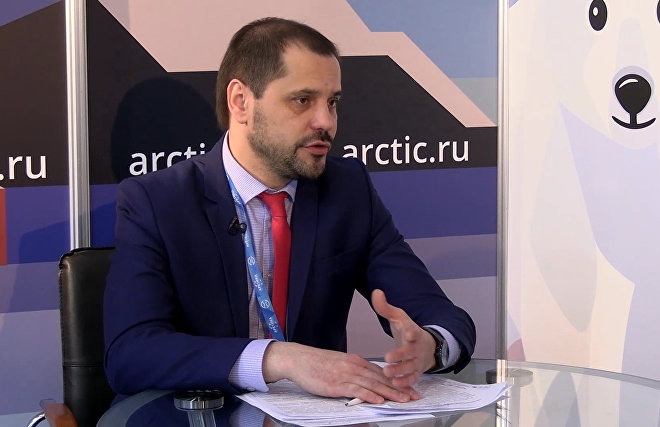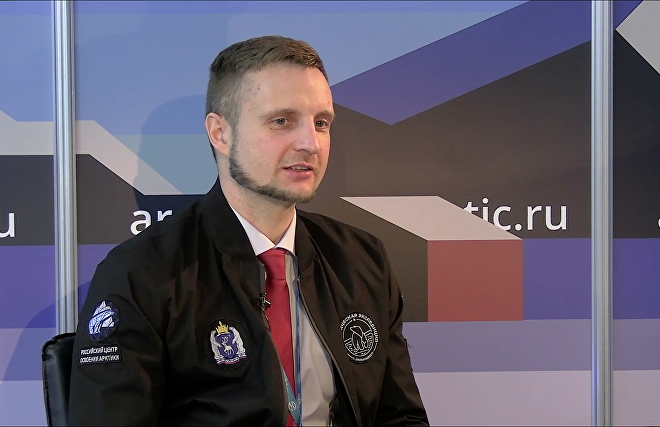According to the press service of the Sakhalin Region, the authorities of Sakhalin and Yakutia have signed a plan on cooperation and exchanges of best practices in achieving carbon neutrality.
The Sakhalin Region achieved carbon neutrality ahead of schedule in August 2025.
Based on Sakhalin’s record, the Republic of Sakha (Yakutia) has drafted a carbon neutrality concept of its own for the period until 2030.
“Yakutia accounts for 22.3 percent of this country’s forest resources and 19.8 percent of woodlands, something that plays an important part in the national carbon balance by compensating atmospheric emissions. The concept defines the republic’s role as a net absorber of green-house gases and develops the technologies and competences involved in managing natural assets,” First Deputy Prime Minister of the Republic of Sakha (Yakutia) Julustan Borisov said.

